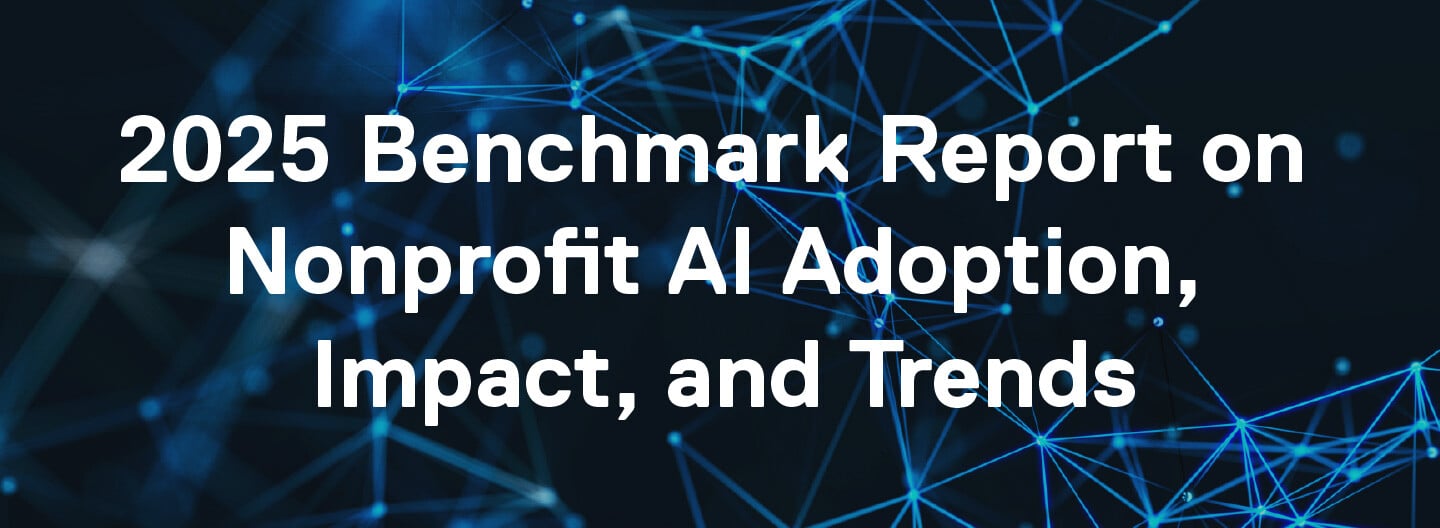As the use of artificial intelligence (AI) in our everyday lives becomes increasingly common, chatbots continue to pop up more and more. A chatbot is a type of software that produces intelligent, automated responses to common questions in order to hold a "conversation" with a user via text. The most well-known example of this type of tech is probably Apple's Siri, the voice-activated chatbot that can provide basic answers to just about anything you want to know.
However, there are endless ways to incorporate chatbots into your nonprofit's work, ranging from fundraising to online customer service. Thinking of using a chatbot at your organization? If so, it's essential that you first identify the specific pain points you want this technology to address.
That said, what do you want your bot to do? Here are three chatbots doing social good, but in very different ways. Perhaps these examples can provide you with some insights on how to best utilize this technology.
Yeshi

charity: water is a nonprofit that has been working towards providing clean and safe drinking water to people in developing nations since 2006. In the fall of 2016, it developed the first fundraising chatbot in partnership with Lokai, a natural bracelet company. This bot, named Yeshi, takes you through the virtual experience of a young girl (named Yeshi) in Africa who walks many hours each day to gather water for her family.
Using Facebook Messenger, you can ask the bot questions. "Smart" responses are generated, including videos, audio recordings, GIFs, images, and written messages. In turn, Yeshi asks users to respond to questions and even send pictures of their own.
Yeshi also has the ability to handle donations via Facebook Messenger by responding to trigger words such as "donate" or "register."
With options including monthly or one-time donations, Yeshi enables an end-to-end transaction without the need for human assistance. As a result, charity: water has been able to streamline and speed up its donation process and, most importantly, scale up its fundraising as awareness of its mission increases.
However, as nonprofit thought leaders Beth Kanter and Allison Fine point out in a recent article about chatbots in the nonprofit sector [no longer available], a bot like this could be programmed differently. It could be programmed to manipulate people's emotions so that they would give even more money.
"Where is the line between cultivation and manipulation — and who determines it?" they ask.
Woebot

Stanford's Woebot debuted in June of 2017 and has created the ability for anyone to access a therapist — whenever, wherever. The chatbot mimics clinical decision making by using cognitive behavioral therapy after assessing the user's mood.
It also asks the user questions and provides support to help reshape thought patterns. As the first mental health chatbot, Woebot has been successful in giving users unlimited therapy for anxiety and depression across the world.
Although your nonprofit may or may not be focused on mental health, Woebot is an example of the capability of chatbots to be custom-made to fit your organization's needs.
However, like Yeshi, Woebot raises an interesting ethical dilemma, this time in the area of privacy: chatbot "patients" are not protected by U.S. confidentiality laws.
Raheem.ai

Another Facebook Messenger chatbot that serves a very different purpose is Raheem.ai. It allows people across the country to note their experiences with the police. With 25 to 30 questions, the bot aims to get information on everything about your interaction including demographics, how much force was used, and how the interaction felt.
Many problems that marginalized communities face are kept hidden from the world, but Raheem.ai allows some of these problems to surface so incidents can be tracked and addressed.
Raheem.ai has fascinating implications for people doing work in social justice. We can see how this sort of anonymous reporting can be applied to a variety of interpersonal interactions. From issues in the workplace to reporting domestic violence, this species of chatbot can likely do much in the way improving people's lives.
Additional Resources: Chatbots and Artificial Intelligence for Nonprofits
- Cases of Successful Nonprofits That Use Nonprofits (includes a section with resources for building your own)
- What Chatbots Can Do for Nonprofits: Top 5 Things
- Artificial Intelligence in Nonprofit Tech
- The Robots Have Arrived: How Nonprofits Can Make Sure They Save Rather than Kill Us







